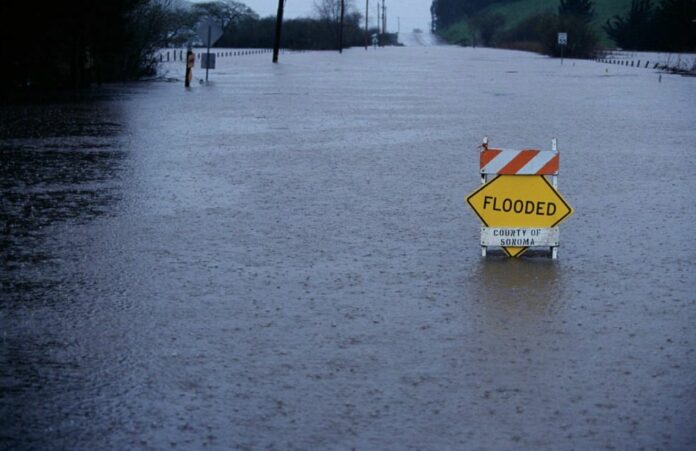‘The Surprise Factor’ That Could Predict Megafloods to Come More Accurately
Predicting mega-floods can be enhanced by incorporating international data from hydrologically similar regions, rather than relying solely on local data, according to a new study presented in the journal Nature Geoscience. This innovative approach aims to minimize unexpected surprises in flood forecasts.
Mega-floods, surpassing known records, frequently catch both citizens and experts off guard, leading to severe damage and loss of life. Conventional methods, reliant on local and regional data, face limitations as they seldom extend beyond national borders. Their predictive accuracy for such floods is hindered by the scarcity of data on mega-floods and the distinctiveness of the flood generation processes for extreme events compared to smaller, more frequently observed occurrences.
In areas prone to high flood risk, understanding the worst-case scenario is crucial for designing effective protective measures. Typically, this involves examining historical data, where the most severe flood events from preceding decades or centuries are considered as a practical upper limit for anticipating future occurrences.
Nevertheless, recent occurrences of “mega-floods” have challenged these approaches. Repeatedly, extraordinary flood events, unforeseen based on local data, have emerged.
However, a significant research initiative led by TU Wien (Vienna) has revealed a noteworthy insight: when considering the entire European continent and incorporating data from regions with comparable hydrological conditions, these local surprises lose their unpredictability.
The magnitude of these “mega-floods” becomes suddenly foreseeable. This revelation carries substantial implications for the dimensioning of flood protection measures.
The findings were published in the journal Nature Geoscience.
The simplistic extrapolation of probabilities faced a significant challenge in 2021 when Germany and Belgium experienced a devastating flood disaster resulting in over 220 casualties.
This unprecedented event underscored the inherent difficulty in predicting the extent of such mega-floods, according to Professor Günter Blöschl from the Institute of Hydraulic Engineering and Water Resources Management at TU Wien, who led the project.
Traditionally, the strategy involved statistically examining past flood events in the region, estimating the probability of minor and major flooding, and attempting to extrapolate the likelihood of even more severe floods.
However, a more effective strategy has emerged from an extensive research project that analyzed data from over 8,000 gauging stations across Europe from 1810 to 2021. The breakthrough involved anticipating mega-floods in one location by leveraging data from comparable river basins elsewhere on the continent.
Dr. Miriam Bertola, the lead author of the paper and a researcher at the Institute of Hydraulic Engineering and Water Resources Management at TU Wien, explained, “The decisive step was to anticipate mega-floods in one place by using data from similar river basins in other places on the continent. In each river basin, we can learn from other areas that have similar climatic and hydrological characteristics where mega-floods may have already occurred.”
The analysis of historical flood data from all these areas simultaneously revealed a pattern: locally surprising “mega-floods” often fell below or near the upper limit of previous floods observed in analogous regions. By incorporating a larger dataset, a statistical outlier at the local scale transformed into an expected occurrence at the continental level.
The research team demonstrated that flood disasters, such as the one in the Rhine basin in 2021, could have been anticipated using this approach, as it fell within the expected range when continental data was considered.
Professor Günter Blöschl emphasized the importance of adopting an international perspective for more effective flood prevention. He highlighted the need to go beyond national boundaries and share information on mega-floods across countries and continents, aiming to mitigate the surprise factor of their occurrence and ultimately save lives.
“It is important to consider,” Professor Günter Blöschl emphasized, “not only geographically adjacent areas, but also areas with similar conditions – these may also be located further away.”
“It is therefore essential to move beyond national flood-risk assessment and share information on mega-floods across countries and continents, to reduce the surprise factor of their occurrence and save lives.”
Image Credit: iStock
